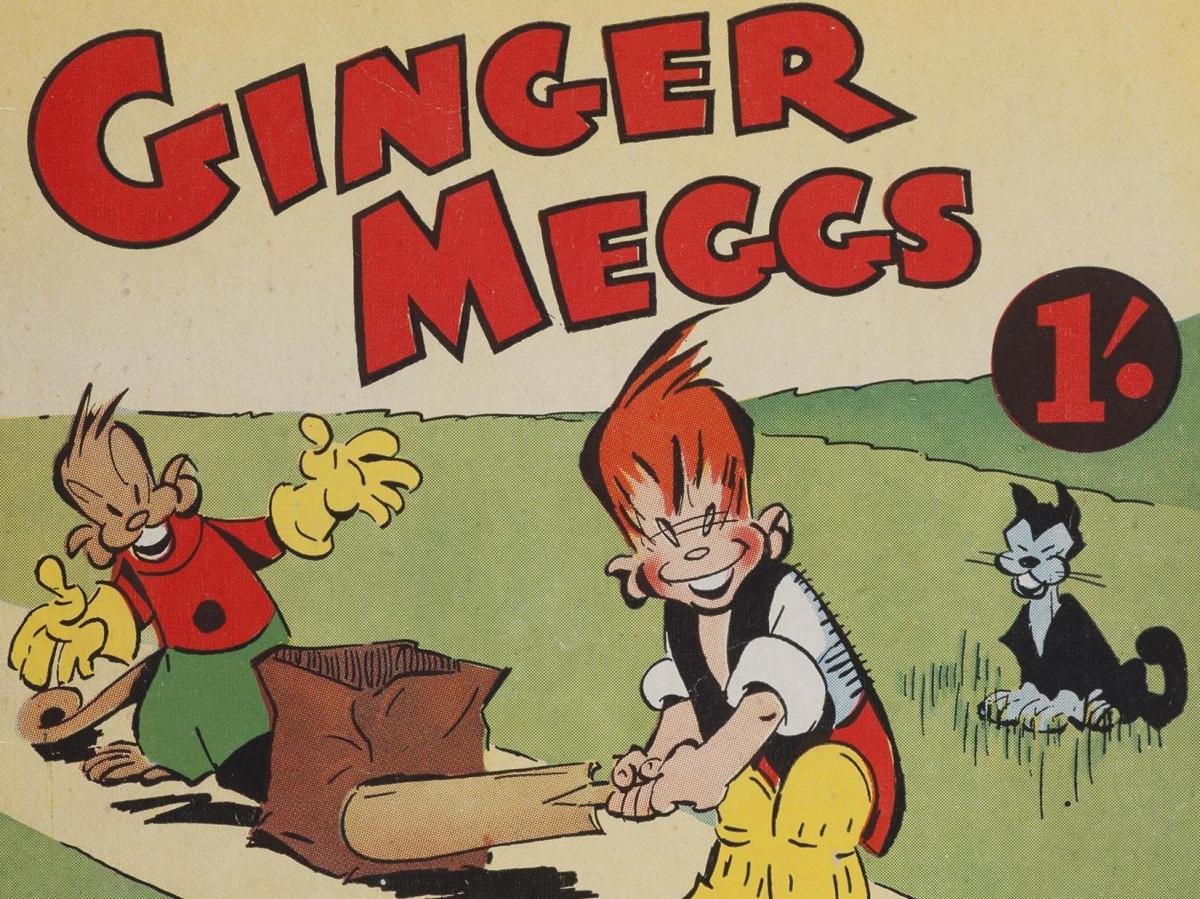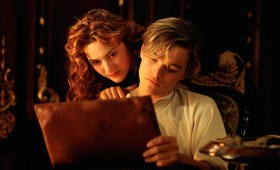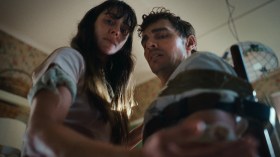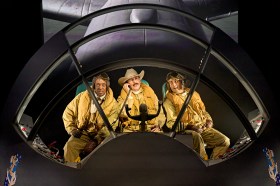Sunbeams Book Series 24: More Adventures of Ginger Meggs cover (detail) 1947, private collection.
Australia’s longest running comic strip reveals a rich history of more than 90 years of Australian culture and history, as seen through the eyes of the much-loved character Ginger Meggs.
A new exhibition, Ginger Meggs: Australia’s favourite boy, hosted by Sydney Living Museums, will invite visitors to discover the world of Ginger Meggs from 25 July – 8 November 2015.
Showing at the Museum of Sydney, the exhibition explores the story of the comic strip, from the character’s creation in 1921 by Sydney artist James ‘Jimmy’ Bancks to its latest incarnation. The Ginger Meggs exhibition is curated by Anna Cossu and will feature original comic strips and artworks by Jimmy Bancks and his successors, Ron Vivian, Lloyd Piper, James Kemsley, and current artist Jason Chatfield.
‘Ginger Meggs: Australia’s favourite boy will be a nostalgic look back at one of our most popular and much-loved comic characters, a lovable larrikin who continues to endear red-heads to our hearts,’ said Cossu.
Unlike the majority of successful comic strips still in circulation, such as the United States’ Hagar the Horrible, Garfield and Peanuts, Ginger Meggs is uniquely Australian. The creation of a Sydney artist who based the strip’s characters on his own childhood friends, Ginger’s trademark red hair, shorts and shoes, and boyish charms gained iconic status in Australian popular culture.
First appearing in the Us Fellers comic strip on the pages of Sydney’s Sunday Sun newspaper in 1921, the comic skyrocketed in popularity, resonating with generations of Australians. Ginger Meggs is still published in over 120 newspapers across Australia and around the world.
The comic’s appearance in United Kingdom newspaper London Express made it the first Australian strip to appear in a British national daily paper; locally Ginger Meggs has appeared in publications including the Sunday Telegraph, Sydney Morning Herald and Illawarra Mercury.
‘I was always a huge fan of Ginger Meggs. I grew up in Perth and would read the strip every day in The West Australian,’ said current artist Chatfield.
‘The thing that separates Meggs from the rest of the world is that he’s the epitome of the Aussie larrikin. He can be cheeky, sarcastic or trouble-stirring, but ultimately he has a good heart.’
Chatfield said that the exhibition will take visitors behind the scenes, exploring how he and the other artists created their comic strips, and will even enable visitors to try their hand at drawing the famed character.
‘The exhibition features original strips by Ginger’s “fathers”,’ said Chatfield. ‘Plus a display of original and reproduction Ginger Meggs comic strips by all of the artists, which will appeal to visitors of all ages.’
Evoking memories of childhoods in which the Sunday papers were divided along family lines, exhibited items acquired from private lenders will include the many manifestations of Ginger and his gang, girlfriend Minnie Peters, and enemy Tiger Kelly.
Take a nostalgic trip through original comic strips, newspapers, photos of artists at work, original sketches and artworks by Bancks and Vivian, and original artworks by the late Martin Sharp, who featured Ginger in his pop art.
The exhibition also features commercial products, memorabilia and merchandise illustrating the enormous popularity of the strip, from Ginger’s own spin off Little Golden Book stories to dolls, clothing, songs and tableware, along with the 90th anniversary commemorative coin, the 65th anniversary plate, and excerpts from the 1925 ‘lost film’, Those Terrible Twins.
The strips themselves also chart how each decade of the comic strip reflected Australia’s culture and history – through the lens of a 10 year old whose world continued to keep pace with the real world.
Ginger and his family battled through the Great Depression, crossed the Harbour Bridge in 1932, and even met Sir Donald Bradman. Later, Ginger was drawn on Australian World War II airplanes and appeared in the troop’s newspaper. In the 1950s Ginger was used in road safety campaigns and he entered the Space Age in the 1960s.
‘The strip has inadvertently become a time-capsule of Australian life over the last 94 years,’ said Chatfield. ‘You look at strips from the 20’s, 30’s and 40’s where he’s referring to dark skinned and Asian people in the colloquialisms that were so common in Sydney back then, and it would get you fired today!’
The exhibition will be in hosted in the Museum of Sydney, one of the 12 historic buildings the Sydney Living Museums supports. Families are encouraged to bring their kids along to relive and share their experience growing up with ‘Australia’s favourite boy’.
‘The main reason I think he’s remained so resilient and relevant is the fact that no matter what era he’s being written and drawn in, he remains truly the same Aussie larrikin character that people love to identify with,’ said Chatfield.
‘The lessons in Ginger Meggs are universal, which is why he translates so well across so many languages and cultures. He’s the ultimate underdog and that will never change.’
Ginger Meggs: Australia’s favourite boy
Museum of Sydney
25 July- 8 November 2015
For more information visit Sydney Living Museums





